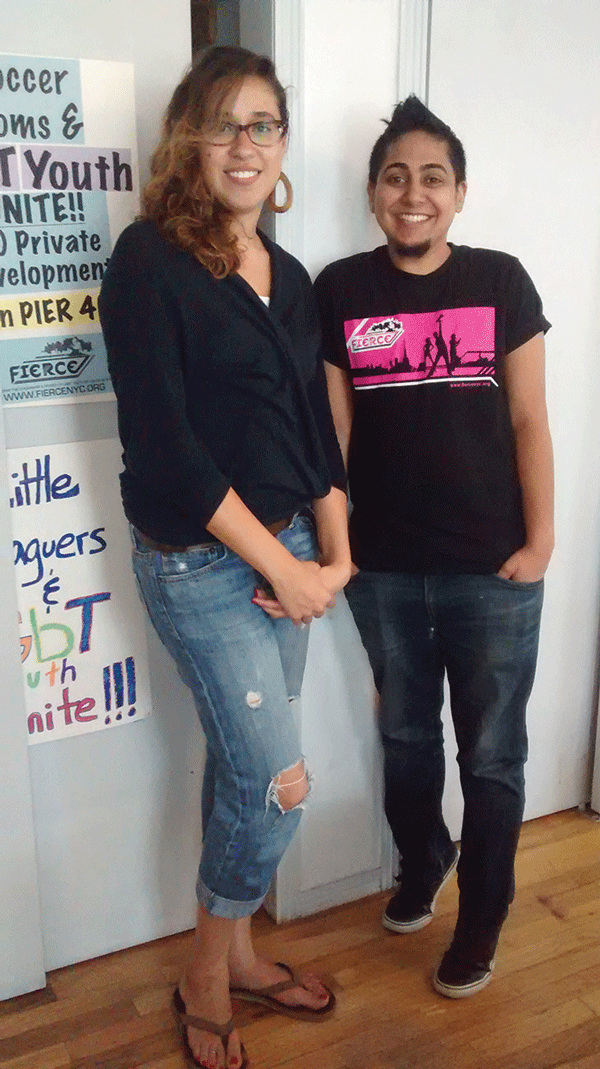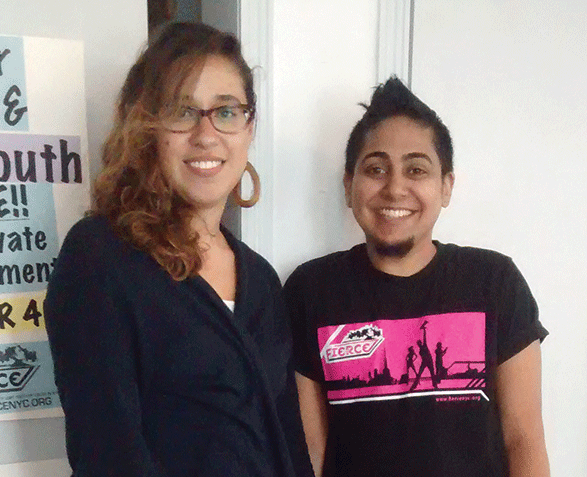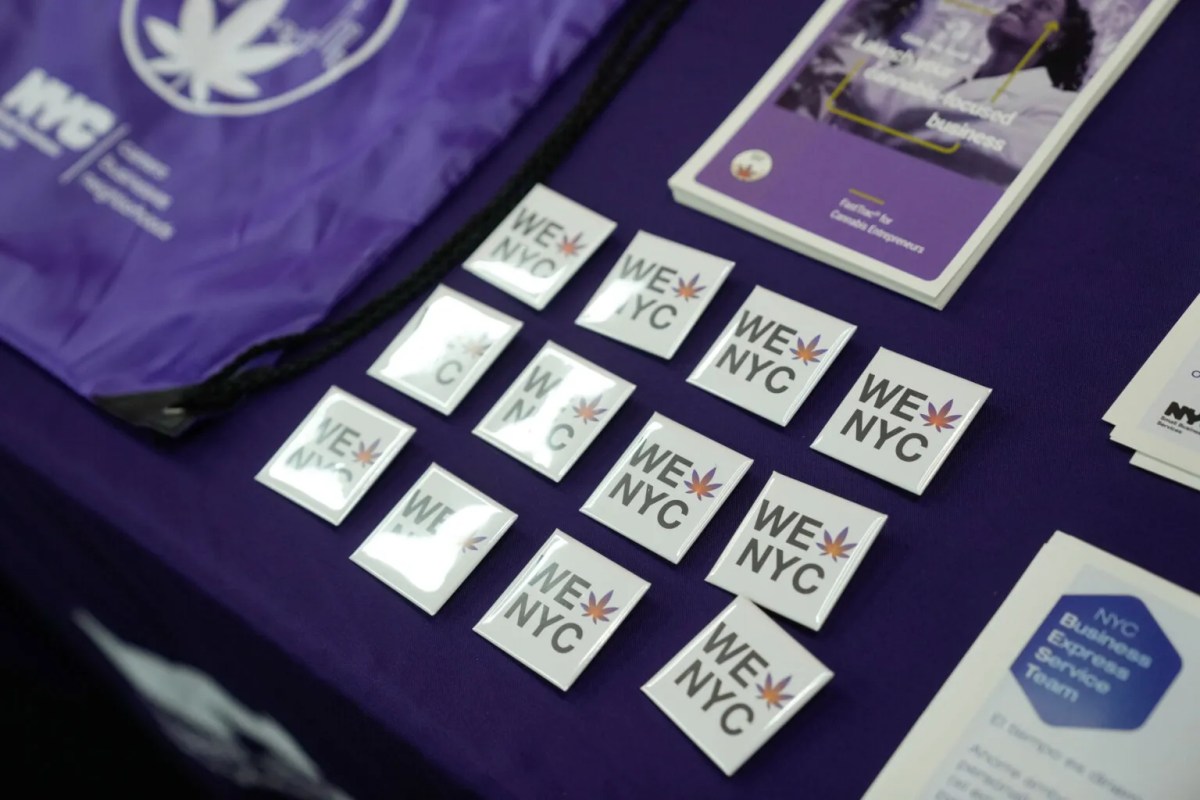
BY CLARISSA-JAN LIM | The word “fierce” calls to mind many things. But among the L.G.B.T. community and Villagers in the know, it’s a name to be reckoned with. It represents a group that fights for the rights and interests of L.G.B.T. youth of color.
FIERCE — its all-caps name shouting in your face — is headquartered in an airy sixth-floor space in the Village. The place sports thick maroon paint on brick walls, cluttered cubicles tucked in the corner, a large kitchen and a tiny fur ball named Egypt.
When The Villager recently visited, FIERCE Co-directors Jai Dulani and Krystal Portalatin were dressed down in jeans, and sneakers and flip-flops, respectively. The office’s messy, easygoing vibe belies the powerful progress that FIERCE has made in the community since its establishment in 2000.
The group was founded out of a need for a gathering space for L.G.B.T. youth to engage in community organizing. FIERCE has since integrated itself into the West Village community, voicing the concerns of not only L.G.B.T. youth, but also those most marginalized in the community.
“The experiences of the L.G.B.T. youth of color are what we focus on,” said Dulani, who joined FIERCE in 2011. “But those experiences are absolutely tied to the experiences of the broader community, in terms of poverty, discriminatory policing, access to healthcare, access to jobs.”
Estimates are that 40 percent of homeless youth identify as L.G.B.T.
“That’s thousands of folks in New York City who don’t have stable housing,” Dulani noted, “and who are then at risk for engagement with the law. They are the ones impacted by policing practices that target minor offenses and poor people who don’t have anywhere else to go.”
Amid a gentrified West Village that has become more family oriented, tension has risen over the presence of L.G.B.T. youth in the area, which, since the Stonewall riots, has been an important place for the L.G.B.T. community. FIERCE’s overarching goal is to “be seen as stakeholders” in the community, said Dulani.
The L.G.B.T. youths’ relationship with the community has come a long way, due in large part to FIERCE’s efforts.
“Our needs are the same and also unique,” Portalatin said. Although friction persists, the interaction has evolved.
“I remember West Village residents yelling at us, telling us, ‘You gotta go. How dare you be here?’ Now, it’s much more a conversation about, ‘There’s tension, let’s acknowledge that. How are we thinking about safety that’s not about criminalizing you?’ ”
FIERCE is also known for its internships and fellowships, which give the youth an opportunity to take part in community organizing. Portalatin said more than 400 people have taken part in the internship program.
“Each year, we develop a cohort of young people who are going off to become organizers in their communities,” she said. “It really means a lot to us because one of the reasons FIERCE exists is to give young people power and leadership. To see that manifest outside our space, once they leave our doors, has been beautiful.”
Nico Fonseca is the group’s current campaign fellow. Having been with FIERCE for three years, Fonseca said, has taught her to take ownership of her skills and potential and channel that into action.
Eloquent and thoughtful, the 21-year-old said that working at FIERCE has also helped her focus in on her future goals.
“FIERCE has really shown me that it’s possible to not just sit there and be a citizen who takes what they give you,” she said. “You fight for yourself and your community to liberate yourself and them. FIERCE has shown me that, and help me understand exactly what it is I want to do.”
FIERCE also focuses on combating police brutality and discriminatory policies. Every year at Pride, FIERCE organizes “Cop Watch,” where volunteers observe and document any discriminatory policing tactics. This practice serves as a tool for accountability and, if need be, de-escalation during tense exchanges between police and civilians.
More broadly, FIERCE aims to change the narrative about public spaces.
Or, as Portalatin explained it: “As the city is calling for more services that contain people to a place or remove them from sight, how are we thinking about what it means to just exist. To have rights and not walk down the streets and be harassed by police. To be seen. To be validated.”



















